Much like a shark, businesses and industries die if they stop moving. Few years ago I was managing a successful design agency in the heart of Tel Aviv and business was booming. However, not soon after establishing ourselves as a go-to agency for companies looking for design agencies, I identified several problems that were significantly hindering efficiency.

Change is coming in the web design industry
I realized that our team, comprising designers and developers, were unhappy and frustrated with the workflow. Web designers and developers were struggling to find an effective way to work together and consequently provide clients with the service the required and deserved.
Starting with the Client
I began to think of ways in which we could transform our business while benefiting the industry at large. Clients were always complaining about the lengthy design process, the high costs and the inability to truly put their initial concepts into workable design solutions.
The lion’s share of my day was spent on the phone with clients who were complaining about the high costs of changes they wanted to implement after we had already submitted the work. The changes were usually requested even after the client had already approved the final work.
Don’t Trust Me!
In Israel, trust and good relationships go a long way. Sometimes clients would simply give up on their demands and complaints about high costs because they trusted me. We would shake hands, exchange pleasantries and suddenly everything was resolved and back to normal.
Suddenly, a barrage of poignant questions hit me: why the hell should they trust me? Why isn’t the process smooth? Why am I not delivering fast quality sites without the need to talk about trust? Why is the process so complicated?
In the throes of complicated and nearly existential questions, I began to consider alternatives.
Identity Crisis
My first instinct was to follow the money trail. A whopping 70% of the budget went into the development process and coding. I then asked myself who should really be out there as the face of my agency. The answer was obvious: The designer needs to be at the forefront of the process and the face of the operation.
At this point I hit a wall. There was no chance I would put the designer in front of the customer because it would cost a fortune. Therefore, in order to create a serious alternative to the existing order, I needed to go back to the drawing board and understand the full process, from inception to execution.
Shifting the Balance of Power
Since development took so much of the budget I began to think about solutions around this realization. Why should a design agency be at the mercy of coders? Why not take the developer out of the equation and create something automatic? Why not build something that would generate code automatically like a machine?
This is the line of thought that led to the development of the technology and the eventual founding of Webydo. Once we started, we quickly realized that it’s not such an easy task.
This of course meant, perhaps somewhat ironically. that we needed to hire a team of extremely talented developers to create a code-generating machine to allow us to put the designer at the forefront of the business.
I started speaking with techies, CTO’s, coders and all told me: it cannot be done. They argued that there was absolutely no way to take the developer out of the equation. They were convinced that there will always be a need for developers to make modifications.
At the time, some 6-9 years ago, a simple website between 5-10 pages would cost $10k.
This meant that every small or medium size business had to invest significant amounts from the annual budget in order to have a simple, branded website.
Pay for Design, Not for Technology
As part of my quest to find a solution I became fixated with the following three notions:
- Customers should pay only for the design.
- The technology should come with zero cost.
- Clients shouldn’t have to wait for months to get their website.
At the time, it took a lot of time and alterations to create a website and therefore we had to create something that would cost significantly less.
It’s about Designers
As part of the fundamental shift, we decided to focus our efforts around the design community.
They would tell us what they want and we would develop a product around these wishes.
We identified three types of users:
- Code-oriented and less visually inclined developers.
- Designers whose focus was only on the look and feel
- The amateur: their day job was neither in design or development, but built sites as a hobby, spending around 10h a month on designing websites
Our focus was to be on designers whose expertise was to work with Photoshop. As part of the focus we took a good long look at Photoshop and asked the designer community about tools they would like to see as part of the design software.
From this, I took away one nugget of wisdom: once you understand who is your target audience you understand that every segment has its own needs.
As a consequence, we decided to focus on publishing: from design to seamless ability to publish the website.
This meant that we had to divorce the hobbyists from the professionals. Professional designers live in a world completely different to that of the hobbyists and DYIers.
It’s All about Ctrl+Shift.
We decided to build the engine and users would provide the rest: what features to add and how the UX should work. We began to ask our designer community what they wanted to see in a design software. We opened a democratic type process without any preconceived notions..
The first request was to create shortcuts on the right side of the keyboard. Everyone in the office screamed that it would crazy to focus on shortcuts instead of adding new features.
But this was the highest voted feature and we decided to honor the designers’ wish.
Once we added the shortcuts, designers’ satisfaction rate went through the roof. After sourcing our professional designer crowd, we understood that a designer works with their right hand unlike amateurs who use the mouse. With professionals, it was all about Ctrl+shift.
This was a very personal, eye-opening lesson for me and my team. We realized how important it was to understand the differences between the segments and respect these differences.
Keep the Pressure at Bay
During the early stages of developing Webydo, my investors were insisting that we work with everyone, developers amateurs and professional designers. However, my counter argument was that if we were to disrupt the market, really help the professional community and how the future of design will look like, the focus had to be on the designers themselves.
Everything else could be automated.
Our designer community was loud and clear. They wanted 100% creative freedom and 85% would not suffice. This meant that our goal was to provide designers with a publishing tool that would convert any design into fully functional website. Second point of focus was a solution with technology. We understood that designers don’t care about technology, but they want technology that empowers them. They simply want to do whatever they want and do not care about the specific workings of the technology.
So, listening carefully to designers, we developed a web-powered tool without the weight of technology: this meant that we had to provide a hosting service, the purchase of domain names, billing, design, delivery and a good CMS to liberate designers from the weight of technology.
Now we had a technology that liberated the designer from the code and allowed them to focus on design while effectively servicing clients from one platform.
Our first users taught us what Webydo should eventually become: the DNA of a design business. We realized that a designer needs a mini CRM (Customer Relationship Management). Once the designer creates a site for one client and another one is in queue, the work must be archived into folders.
What’s more, designers have no time or interest to mess with hosting. We decided in the very beginning that we had to give a full service solution, or no solution at all.
New Era of Strength
Twenty years ago developers were at the front and designers were in the background. This meant that oftentimes designers were not able to deliver the vision of the client because they were not communicating with one another effectively. Because the ability to make changes to a website was not immediate and required the attention of the developers, clients often left their sites unfinished or unpolished.
Now we understand how the website acts and functions. Therefore the number one priority is to understand that the technology needs to serve the end-purpose: a beautifully designed website that meets the criteria of the client. Moreover, today we have fewer barriers for technology.
Browsers are strong which means that designers can use SaaS and integrate Dropbox, Google Drive as part of their toolbox.
Let Developers Develop and Designers Design
Following my initial epiphany and the preceding problems I identified, it’s clear that the whole industry is up for disruption. Webydo isn’t about unseating the developer, but empowering the designer. Both professions are crucial, but they should exist separately, each focusing and cultivating their own unique strengths.
Shmulik Grizim is the founder and CEO of Webydo. Shmulik has more than a decade of leadership experience in the internet industry and a passion for good design. Webydo represents Shmulik’s quest to change the way professional designers create for the web.









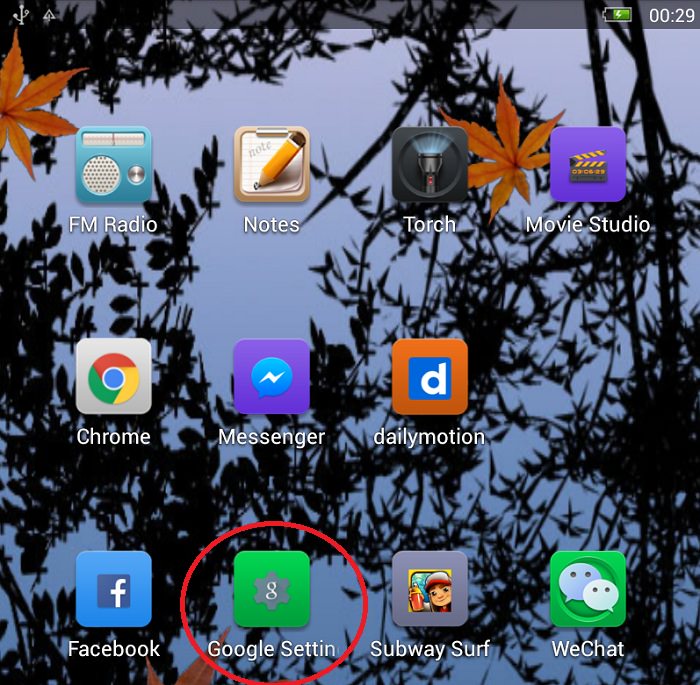








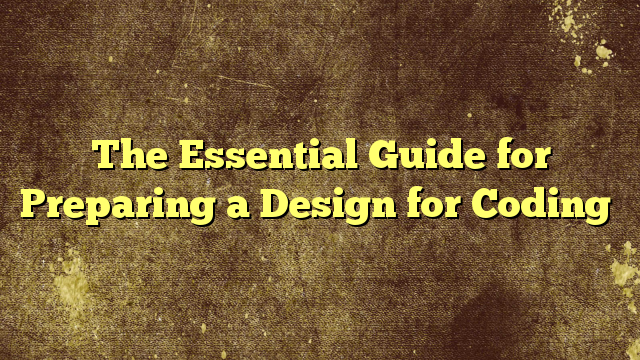




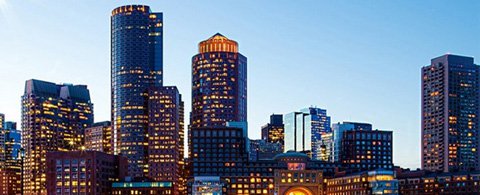



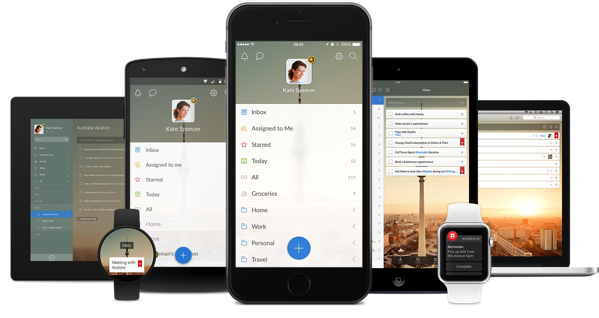


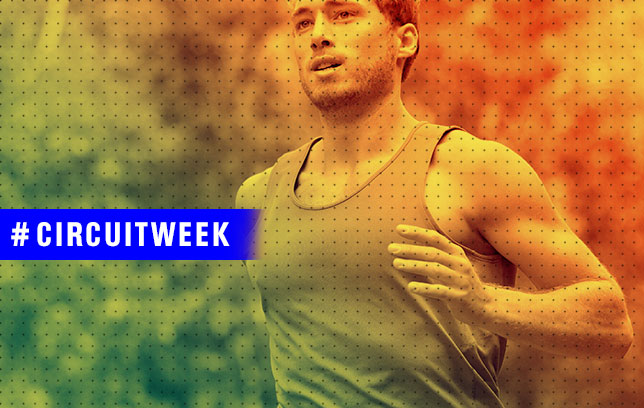






No Comments